=== Troopers Hill, Work, Rest & Play ===
 Lots of people have memories of Troopers Hill and the surrounding area.
Lots of people have memories of Troopers Hill and the surrounding area.
Many people have said they enjoyed playing on Troopers Hill as children. Some say with a smile that they used to go there when they were 'courting'.
We are very pleased to be able to post some of these memories via this website.
Troopers Hill is in Crews Hole in the south of the St George area of Bristol.
St George became an Ecclesiastical parish in 1751, a Civil Parish in 1784 and became part of Bristol in 1897. Crews Hole and later St Anne's on the other side of the river was an industrial area until the 1980s. The main employers, after copper smelting stopped in the early 1800s. were Butlers Tar Works, Lysaghts, the Cotton Factory, the Board Mills and various chemical works of which the largest was Netham.

Little Elizabeth
 Elizabeth Emra, or 'Little Elizabeth', was the author of 'Scenes in our
Parish' the first part of which was published in 1830 and the second in 1832.
Elizabeth Emra, or 'Little Elizabeth', was the author of 'Scenes in our
Parish' the first part of which was published in 1830 and the second in 1832.
Elizabeth's father was
John Emra, vicar at St George Church and she described herself as 'A Country Parson's Daughter'. You can read a brief description of her life and some quotes from her book via the link below:

12 Communities 1 Bristol
Troopers Hill features in the St George edition of this series of local oral history podcasts by Marcus Smith. Contributors: Alice Homewood, Sabine Groven and Richard Wheeler.
Rob talks about Elizabeth Emra; Steve shares his memories of the Hill; Rob & Susan along with Rupert Higgins talk about the importance of the Hill for wildlife and Christina shares her memories of the fire that spread across the Hill in 1995.
BCfm in partnership with Bristol 24/7, Bristol Museums, Bristol Archives, UWE Bristol and funded by The National Lottery Heritage Fund.
More of 12 Communities 1 Bristol >>

Dave Stephenson - Bristol Times Articles
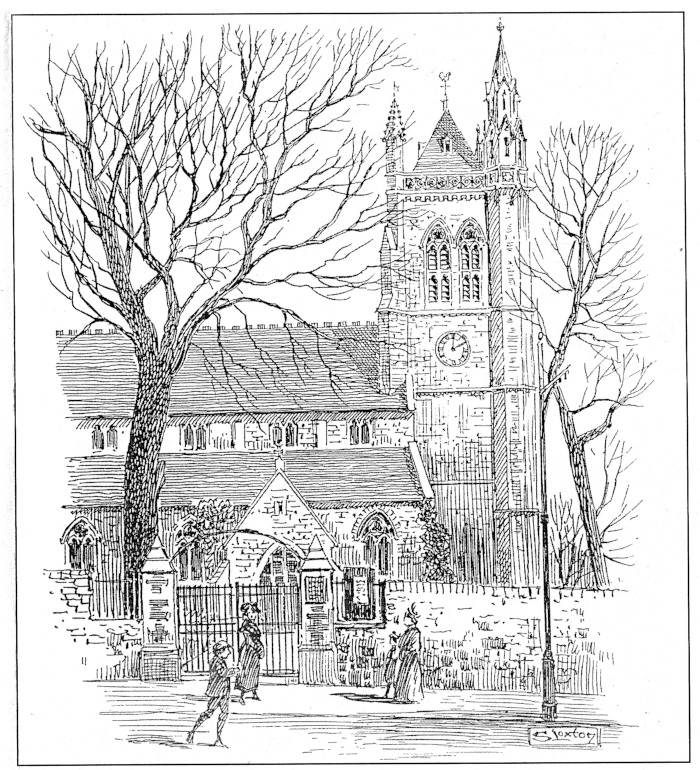 Dave Stephenson, who Friends of Troopers Hill met through the Barton Hill History Group, has written many articles about St George for the Bristol Times supplement to the Bristol Post.
Dave Stephenson, who Friends of Troopers Hill met through the Barton Hill History Group, has written many articles about St George for the Bristol Times supplement to the Bristol Post.
Dave has been kind enough to share some of his articles with us and to allow us to add them to our website.
There are three articles about the history of St George Church (which was rebuilt twice) and its bells:
 The Three Churches of St George - Bristol Times Articles by Dave Stephenson
The Three Churches of St George - Bristol Times Articles by Dave Stephenson
Dave has also shared with us two articles about the St George Workhouse:
 The St George Workhouse - Bristol Times Articles by Dave Stephenson
The St George Workhouse - Bristol Times Articles by Dave Stephenson
In March 2025 Dave wrote an article about the Emra family:
 Meet the Emras - Bristol Times Article by Dave Stephenson
Meet the Emras - Bristol Times Article by Dave Stephenson
Dave Stephenson was also co-author of the book 'Images of England - Crews Hole, St George and Speedwell' which was published in 2003.
The book is now out of print, but in 2024 Dave generously donated his surplus copies to Friends of Troopers Hill. By offering copies of the books in exchange for donations to Friends of Troopers Hill we raised over £500. All our copies have now gone.

Tom Fry
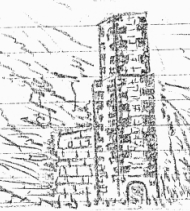 Tom Fry was born in 1902 and used to live on Air Balloon Rd. This document was hand written and included several sketches, it was lent to us by Raymond Holland.
Tom Fry was born in 1902 and used to live on Air Balloon Rd. This document was hand written and included several sketches, it was lent to us by Raymond Holland.
One of our members kindly typed this document up for us and Tom's family have said that they are happy for the document to be published being sure that that is what Tom would have wanted.
 Memories of Troopers Hill, Crews Hole, Conham & Hanham by Tom Fry (3MB)
Memories of Troopers Hill, Crews Hole, Conham & Hanham by Tom Fry (3MB)

David Hurt
A second set of memories is from David Hurt who used to live in St George. Extracts from his account 'Bristol as I knew it' can also be downloaded.
 Extracts from 'Bristol as I knew it' by David Hurt
Extracts from 'Bristol as I knew it' by David Hurt

Keith James
Keith, who worked at Gingell's butchers, shared his memories in the Spring 2014 edition of 'The Hill' our Newsletter.
 The Hill Spring 2014 - Memories of Troopers Hill - Keith James (see p3)
The Hill Spring 2014 - Memories of Troopers Hill - Keith James (see p3)

St Anne's - New Bristlington
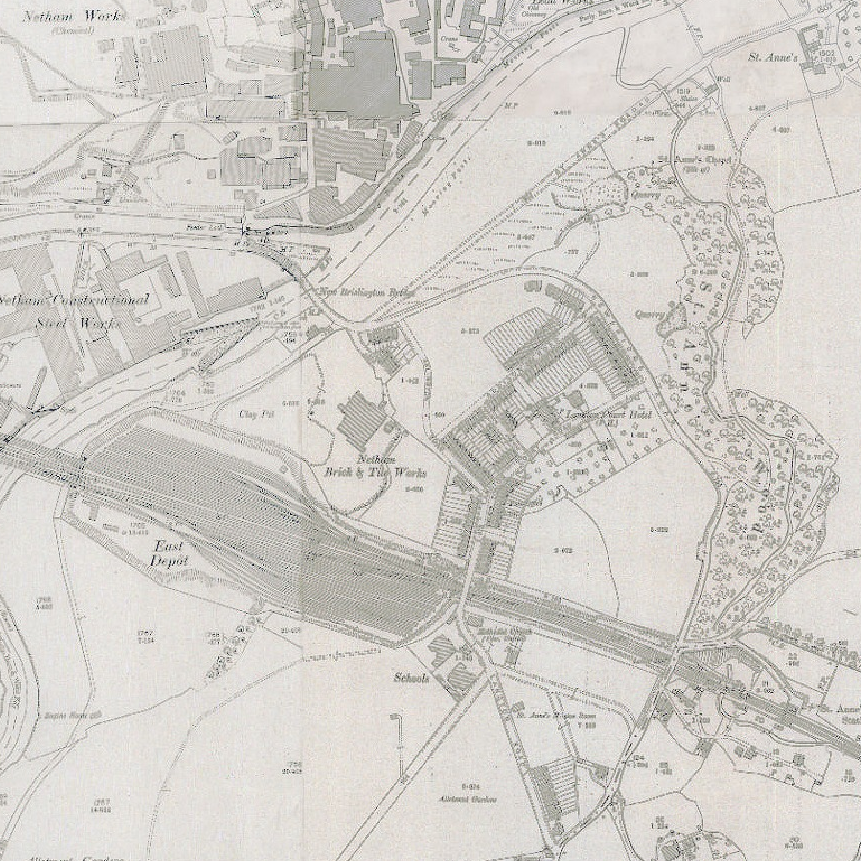 The area now known as St Anne's Park was originally known as New Brislington, much of this area was farm land until the late 1800s and early 1900s. It gradually became more built up built up and the Board Mills were established by the river in 1913.
The area now known as St Anne's Park was originally known as New Brislington, much of this area was farm land until the late 1800s and early 1900s. It gradually became more built up built up and the Board Mills were established by the river in 1913.
This document has memories of the area from the 1890s / 1900s; it was produced as part of a project at St Anne's Junior School and found during the move to Wicklea Academy in 2015. A copy was passed to us for inclusion on this website by Alex Harries in January 2021.
The first page is a letter from Harry Tinzel (possibly Finzel) dated December 1967, the remaining 35 pages are the recollections of AH Jenkins, dated June 1961.
We belive the documents were typed from an original manuscript. As such there are some typos, notably the 'Cotton Factory' is sometimes refered to as the 'Bottom Factory'. In reading the document, you might find it useful to look at the 1900s map of the area on the Council's mapping system, especially as some of the road names have changed.
 Memories of New Brislington
Memories of New Brislington

Homes & Buildings in Crews Hole
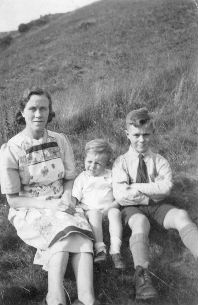 As people tell us their memories we are gradually finding out more and more about the people who used to live and work around Troopers Hill and wherethey lived. Many of the same surnames keep comming up, these are the surnames of the inhabitants of Crews Hole and Conham listed in the 1881 Census.
As people tell us their memories we are gradually finding out more and more about the people who used to live and work around Troopers Hill and wherethey lived. Many of the same surnames keep comming up, these are the surnames of the inhabitants of Crews Hole and Conham listed in the 1881 Census.
Until the 1960s the area around the hill was much less built up that it is now, many gaps between the old cottages have been infilled. Crews Hole has always been a mix of housing and industry.
The centre of the village used to be around the Lamb Inn which closed in about 1956, further west there was the Hit or Miss which closed in 1906. The Bull Inn at the eastern end of Crews Hole still exists.
The apperance of Crews Hole with its scattered cottages on the hillside above the Avon 'screened from above by trees and outcrops of rock' led the 1930s local historian William Sanigar in his book 'Saint George's in the East' to describe it as the 'Minature Clovelly of the West'.

Chapels
The various chapels and churches formed a focus point for the community. Kingswood and the surrounding area, including Crews Hole, had a strong Methodist tradition; John Wesley had preached at nearby Hanham Mount in the 1730s. Two Methodist Chapels were built in Crews Hole for different branches of the Methodist Church.
Free Methodist Chapel 1853
One of the chapels was the Methodist Chapel near the corner of Crews Hole Road and Troopers Hill Road - it has now been converted into flats.
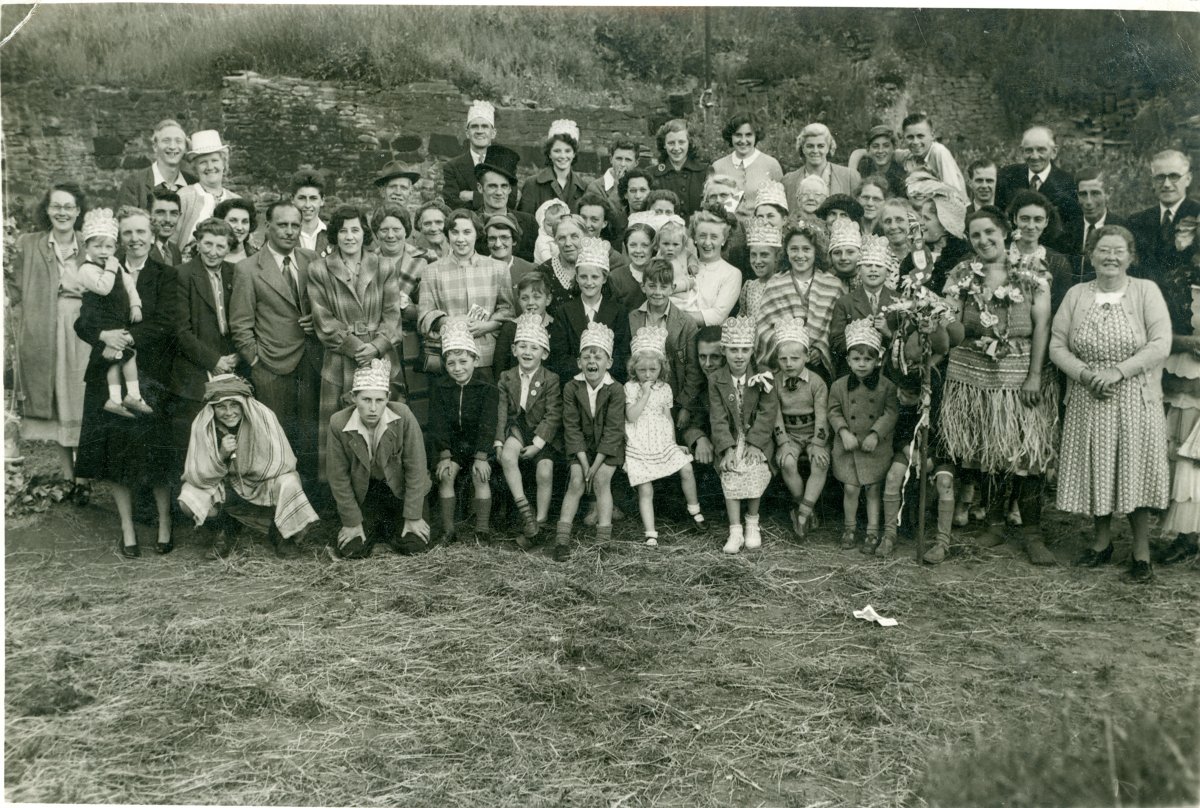 One of our members gave us a copy of a photograph of the congregation taken in 1953. We printed the photo in the Summer 2008 edition of 'The Hill' and have been putting together the list of names of those who were there.
One of our members gave us a copy of a photograph of the congregation taken in 1953. We printed the photo in the Summer 2008 edition of 'The Hill' and have been putting together the list of names of those who were there.
There are also two photos of the Crews Hole Women's Bright Hour group, one with them all dressed up for a sketch of some sort!
In December 2020 we were also sent two photos of the men's 'Crew's Hole Bible Class Mutual Aid Society' which we have now added to the page.
The Crews Hole Methodist Chapel appears to have been built to replace the Methodist Meeeting House that had been part of the 'White House' in Crews Hole. The date stone is now unreadable, but is reported to have read 'Free Methodist Chapel 1853' - though it was probably first built a few years earlier.
Wesleyan Chapel built 1860
A second chapel by the river in Crews Hole was constructed in 1860 for the Wesleyan Methodists, This chapel has also now been converted for housing; having been used for many years by Kelston Precision Gears as a workshop.

Troopers Hill Cottages
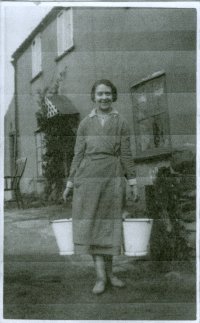 Until the 1950s some people lived in cottages imediately adjacent to the hill; there were four cottages forming Stone's Rank where the nursary on Crews Hole Road now stands and up a track on the west side of the hill was Rosary Cottage and Hillside Cottage the locations can be seen here:
Until the 1950s some people lived in cottages imediately adjacent to the hill; there were four cottages forming Stone's Rank where the nursary on Crews Hole Road now stands and up a track on the west side of the hill was Rosary Cottage and Hillside Cottage the locations can be seen here:
We are lucky enough to have been contacted by people who's families lived in all these cottages and all have allowed us to post photographs which can be seen below - many thanks.
Perhaps the most remarkable photographs are those taken at Hillside Cottage. The surname of the family who lived there in the 1930s and 40s was 'Friend' they truely were the Friends of Troopers Hill.
The track to Rosary Cottage and Hillside Cottage also provided access to Apricot House & Cottage (as it does now). In 1928 this access road was subject of a dispute in Bristol's Tolzey Court. Mrs Beatrice Tucker, who owned Apricot House and Mr Edward William Smith who owned Rosary and Hillside Cottages claimed that they were entitled to a right of way that John Joeseph Ballard (the owner of Troopers Hill) had obstructed by digging away part of the road.
After a hearing lasting 2 days (9th & 10th October), with many witnesses to the past use of the track, the court found in favour of Mrs Tucker & Mr Smith and declared that a right of way did exist, damages of 40 shillings were awarded. The case was reported in the Western Daily Press on the two days following the hearings.
Photographs of Stone's Rank >>
Photographs of Rosary Cottage >>
Photographs of Hillside Cottage >>
There were also cottages along Conham Road, south of Troopers Hill, one of these is described by Tom Fry (see above) and we have received more information from Joy Searle, who we met through Barton Hill History Group.
Cottages on Conham Road >>

The 'White House' - Crews Hole
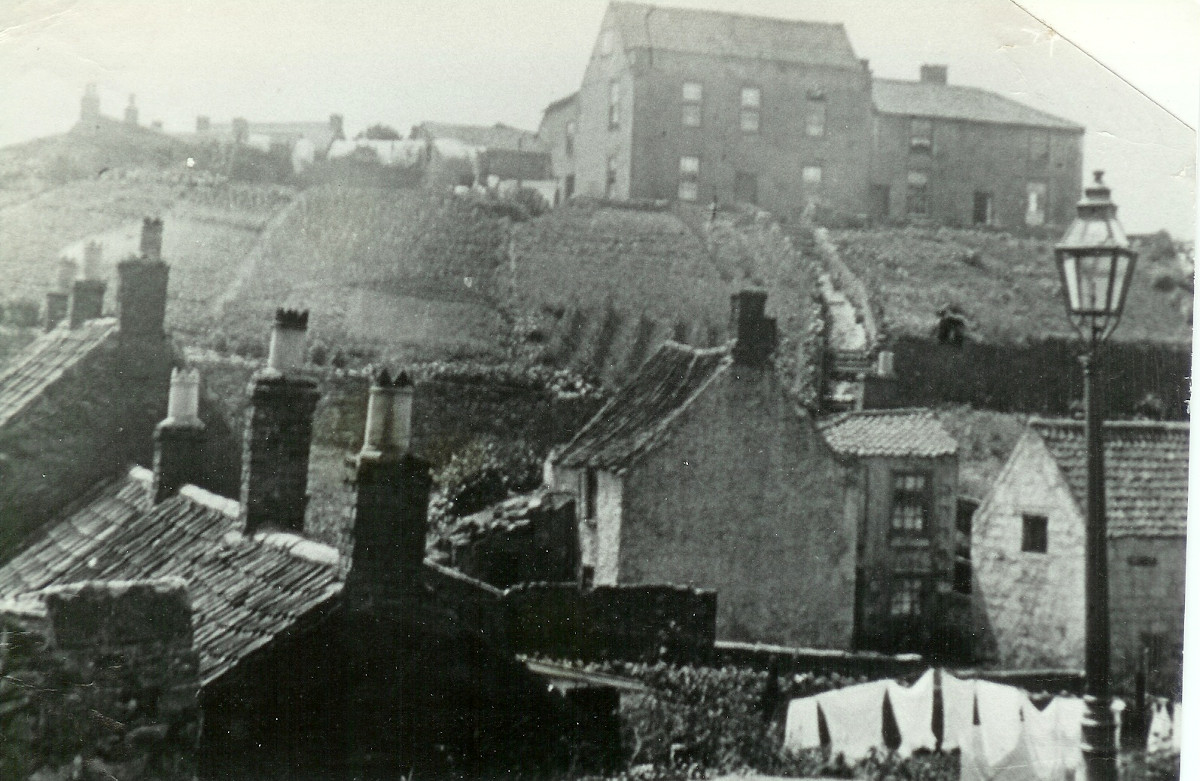 The 'White House' was a local landmark that stood where there are now modern houses on Corkers Hill until 1939.
The 'White House' was a local landmark that stood where there are now modern houses on Corkers Hill until 1939.
By the early 1900 it consisted of four dwellings and we have photographs of one of the families who lived there - the Bessells.
Until 1853 part of the building was used as a Methodist Meeting House.
More info & photos of the White House >>

The Summers Family
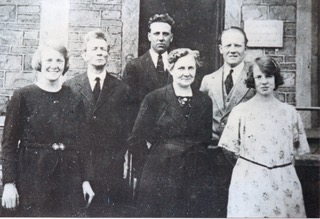 A member of the Summers family contacted us with details of her ancestors who lived in the area. Their occupations as listed in census and other documents strongly reflect the history of the area - Coal Hewer; Steam Tug Boat Captain, Tar Distillery; Chemical Work Labourer; Coke Burner & Quarryman.
A member of the Summers family contacted us with details of her ancestors who lived in the area. Their occupations as listed in census and other documents strongly reflect the history of the area - Coal Hewer; Steam Tug Boat Captain, Tar Distillery; Chemical Work Labourer; Coke Burner & Quarryman.
If anyone has more information about the Summers family please let us know and we will pass it on.
The Summers Family of Crews Hole & Conham >>
▲ Top of page
 Lots of people have memories of Troopers Hill and the surrounding area.
Lots of people have memories of Troopers Hill and the surrounding area. 
 Elizabeth Emra, or 'Little Elizabeth', was the author of 'Scenes in our
Parish' the first part of which was published in 1830 and the second in 1832.
Elizabeth Emra, or 'Little Elizabeth', was the author of 'Scenes in our
Parish' the first part of which was published in 1830 and the second in 1832. 

 Dave Stephenson, who Friends of Troopers Hill met through the Barton Hill History Group, has written many articles about St George for the Bristol Times supplement to the Bristol Post.
Dave Stephenson, who Friends of Troopers Hill met through the Barton Hill History Group, has written many articles about St George for the Bristol Times supplement to the Bristol Post.![]() The Three Churches of St George - Bristol Times Articles by Dave Stephenson
The Three Churches of St George - Bristol Times Articles by Dave Stephenson
![]() The St George Workhouse - Bristol Times Articles by Dave Stephenson
The St George Workhouse - Bristol Times Articles by Dave Stephenson![]() Meet the Emras - Bristol Times Article by Dave Stephenson
Meet the Emras - Bristol Times Article by Dave Stephenson


 As people tell us their memories we are gradually finding out more and more about the people who used to live and work around Troopers Hill and wherethey lived. Many of the same surnames keep comming up, these are the surnames of the inhabitants of Crews Hole and Conham
As people tell us their memories we are gradually finding out more and more about the people who used to live and work around Troopers Hill and wherethey lived. Many of the same surnames keep comming up, these are the surnames of the inhabitants of Crews Hole and Conham 
 Until the 1950s some people lived in cottages imediately adjacent to the hill; there were four cottages forming Stone's Rank where the nursary on Crews Hole Road now stands and up a track on the west side of the hill was Rosary Cottage and Hillside Cottage the locations can be seen here:
Until the 1950s some people lived in cottages imediately adjacent to the hill; there were four cottages forming Stone's Rank where the nursary on Crews Hole Road now stands and up a track on the west side of the hill was Rosary Cottage and Hillside Cottage the locations can be seen here: The 'White House' was a local landmark that stood where there are now modern houses on Corkers Hill until 1939.
The 'White House' was a local landmark that stood where there are now modern houses on Corkers Hill until 1939. A member of the Summers family contacted us with details of her ancestors who lived in the area. Their occupations as listed in census and other documents strongly reflect the history of the area - Coal Hewer; Steam Tug Boat Captain, Tar Distillery; Chemical Work Labourer; Coke Burner & Quarryman.
A member of the Summers family contacted us with details of her ancestors who lived in the area. Their occupations as listed in census and other documents strongly reflect the history of the area - Coal Hewer; Steam Tug Boat Captain, Tar Distillery; Chemical Work Labourer; Coke Burner & Quarryman.
